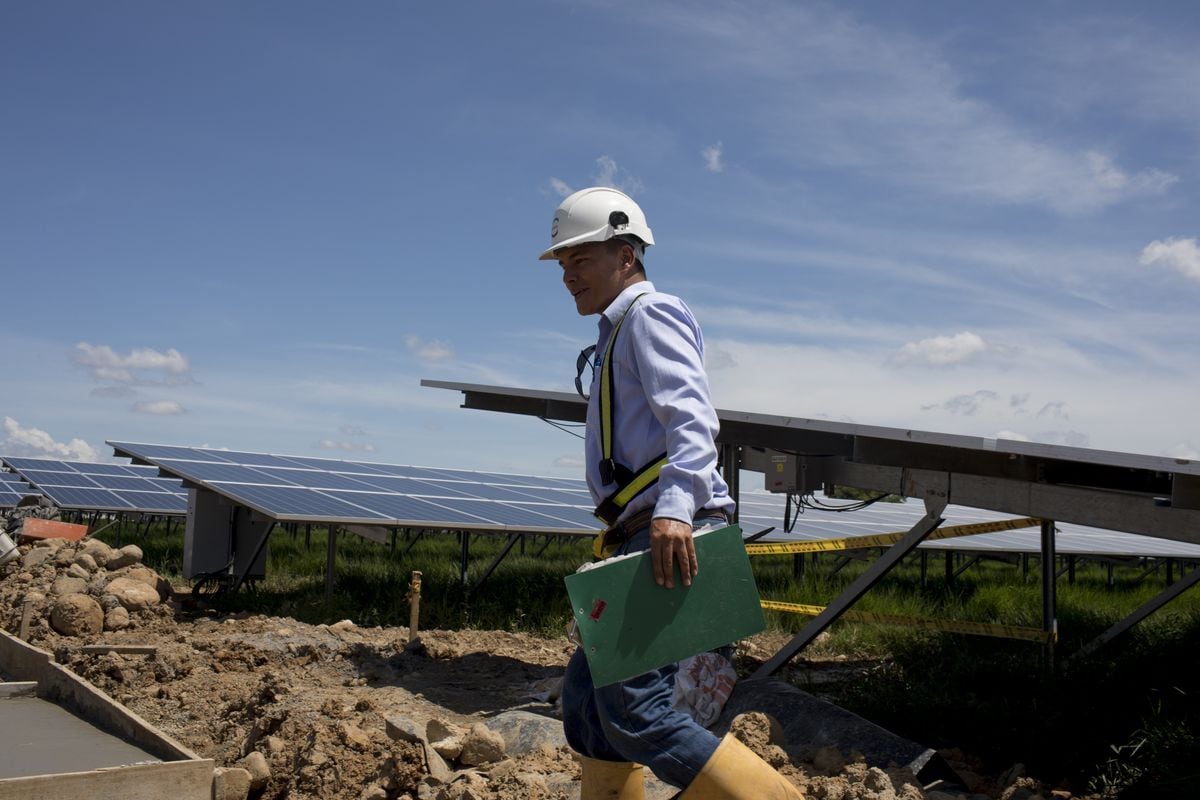Water reserves are at 29%, according to the latest data from XM, the company in charge of operating the electrical system. It is just two percentage points above the critical level of 27%, which would force the country into the first electricity rationing in more than 30 years.
Part of the problem is found in the country's energy matrix, as explained by José Reinaldo Vuelvas, director of the Energy and Sustainability master's degree at the Javeriana University. The current rains only allow the generation of 60 gigawatt hours per day of the 232 that are needed. The thermal power plants, which are more polluting and expensive—they require the purchase of fuel—have been activated. If it rains little, the reservoirs empty, and the turbines are left unable to generate energy. Non-conventional renewable energies, meanwhile, are still marginal. The minister of Mines and Energy, Omar Andrés Camacho, has reiterated that it will rain soon and that rationing can be avoided. But experts warn that there are no certainties. It is not possible to rule out rationing, experts say. Governments and unions have expressed their discontent. Lack of appointments in the Energy and Gas Regulatory Commission (CREG) is cited as a problem. There is also a structural problem in the lack of progress in electricity generation capacity, says one union official. The sector “raised the alarm more than a year ago," says Natalia Gutiérrez, director of the Colombian Association of Electric Power Generations (Acolgen), in a letter to this newspaper. The entire generating park is fulfilling what it promised, the market design fulfilled, Gutiérez says. But there is a delay in energy projects that adds to the fact that the alarms were not attended to in advance. The government has been slow in its action. It could have been implemented to penalize those who consumed too much energy, he adds.

